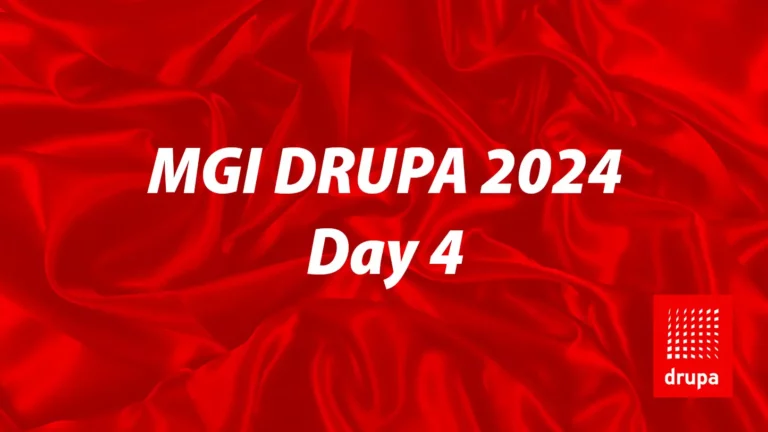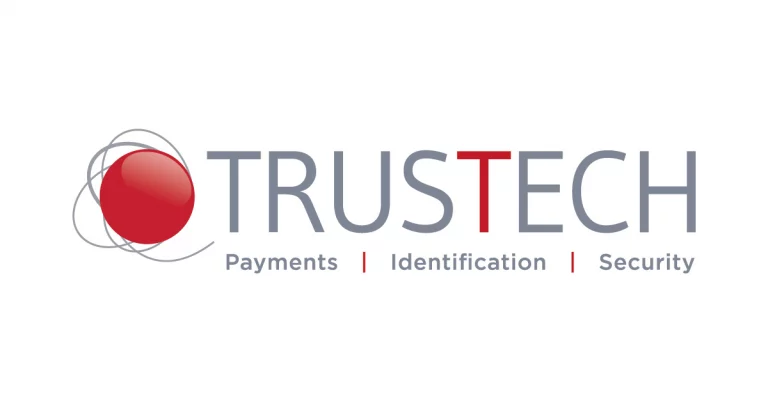Digital Variable Data Finishing: how to master the art, on MGI JETvarnish press
At a workshop dedicated to JETvarnish operators, experts from Konica Minolta and MGI lifted the veil on the best practices to implement, to sublimate variable data printing in the form of digital varnish and hot foil stamping. A behind-the-scenes look at cutting-edge personalization, where technical rigor and creativity come together to deliver unique printed experiences.
Variable data printing (VDP), enhanced by digital finishing, transforms each print run into a unique, high value-added piece. At an MGI JETFORCE Operator Meetup organized by Konica Minolta, Ken Huizenga and Chris Krumwiede shared their expertise on mastering the technical intricacies of variable embellishment, a rapidly evolving field.
Constantly evolving technology
In its early days, variable-data digital finishing presented complex technical challenges. Chris Krumwiede remembers a time when operators had to make do with inflexible linear barcodes. The arrival of QR codes and other 2D codes, more compact and data-rich, enabled better synchronization between visual embellishments and printed elements, offering unprecedented precision in the production workflow.
Switch to true variable
All too often, the potential for personalization remains under-exploited. According to Chris Krumwiede, the recurring error lies in the use of static finishes on personalized prints. He advocates going beyond the simple addition of golden names and fully exploiting customer databases, adapting visuals, messages and offers to each profile. A fine-tuned approach that results in a marked improvement in response rates.
Structuring the VDP flow methodically
The key to success lies in rigorous organization. The integration of barcodes is essential: they enable the artificial intelligence-controlled scanners of MGI JETvarnish digital presses to automatically match each sheet to its embellishment mask. In addition, discreet numbering on each print facilitates reprints and quality monitoring.
File naming, often overlooked, also plays a crucial role. Adopting standardized conventions, including explicit file names and page numbers, optimizes compatibility with Caldera systems. Automating these conventions with tools such as Enfocus Switch considerably streamlines the process.
Standardization and production control
Ken Huizenga stresses the importance of consistency in materials and settings. A well-known substrate, a tried-and-tested varnish and a suitable corona treatment must be the subject of precise set-up sheets. Maintaining a stable production environment limits errors and optimizes repeatability.
Optimize reprints and reduce waste
Small-batch production is an effective strategy for projects with high variability. It enables defects to be detected at an earlier stage, and considerably reduces losses. In the event of an error, the combination of a barcode system and discrete numbering guarantees targeted, rapid and reliable reprinting.
Training operators in the complexities of VDP
Chris and Ken insist on the skill level required. Mastering the production chain is not limited to machine operation: a thorough knowledge of prepress software such as InDesign or Photoshop is essential. What's more, to preserve the integrity of one-off pieces, single-sheet cutters are to be preferred, as guillotines are too aggressive for embellished work.
Integrating real value into pricing
The costs associated with variable finishing don't stop with the initial configuration. They include potential losses, manual adjustments and reprinting requirements. However, this targeted personalization generates a high return on investment. The extra cost is offset by the greater impact on the final recipient, justifying premium pricing.
Rely on automation for greater efficiency
Once a workflow has been set up in Caldera, tasks become easily repeatable. However, it's important to maintain good software hygiene: regularly cleaning up inactive files, updating workflows, and keeping a constant eye on available automation functions. These simple gestures contribute to overall performance.
Data security and regulatory requirements
The management of personal data requires a great deal of rigor, particularly in view of strict regulations. In sensitive sectors such as casinos and charities, rapid deletion of files after production has become the norm. This is an essential vigilance to which operators must adhere without compromise.
Giving meaning to beautification
Far from being just an ornament, embellishment can become a strategic marketing vector. The addition of personalized visuals, targeted offers or a gilded first name transforms a simple mailing into a thoughtful message. By anticipating customer needs and proposing creative ideas, operators add an advisory dimension that reinforces loyalty and satisfaction.
Training, again and again
Konica Minolta's technical support and training resources keep operators at the cutting edge. Rapid access to expertise, personalized assistance and continuous improvement all contribute to increasing team skills.
Digital variable data finishing opens up an immense field of possibilities. For operators of MGI JETvarnish presses, they represent much more than a technical challenge: an opportunity to sublimate each print, optimize sales performance and create a strong emotional bond with the end customer. By following the recommended best practices, they can not only improve their productivity but also raise the perceived quality of their production to a level of excellence.








